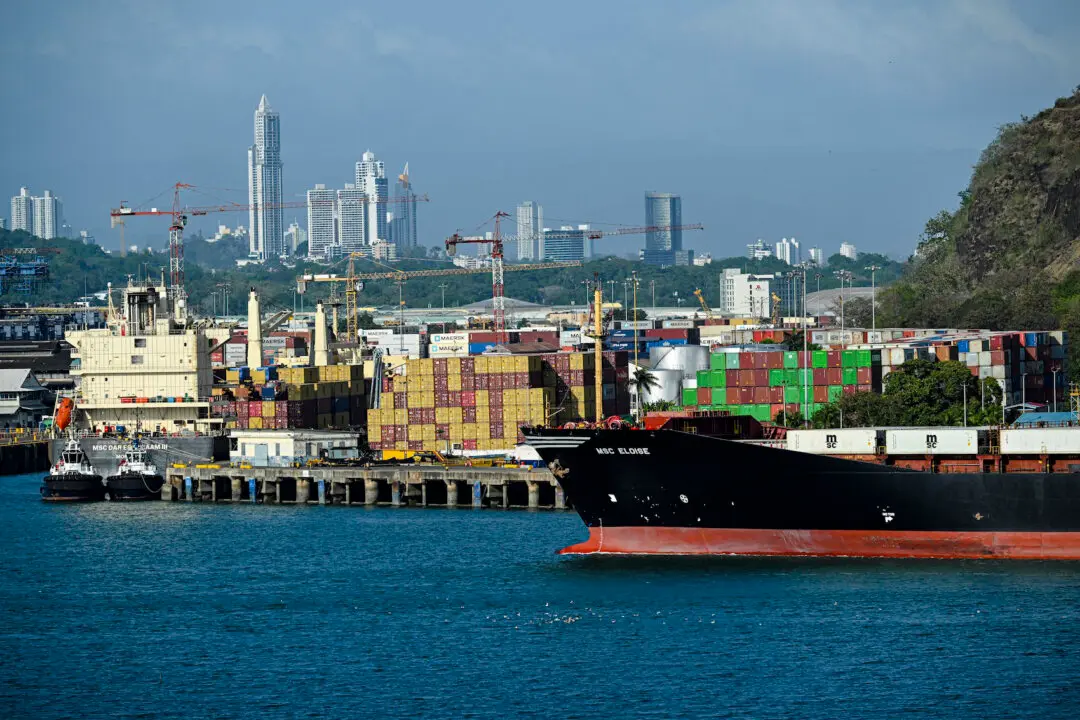The semiconductor chips manufactured by SMIC, the largest and most technologically advanced chip manufacturer in mainland China, have been found by a recent report to be significantly more expensive than the chips made by Taiwan’s TSMC, and the Chinese company’s yield rate is far lower.
Experts pointed out that democratic countries continue to maintain advantages in the field of chip technology, posing a great challenge to China’s ruling Communist Party’s (CCP’s) ambition.




